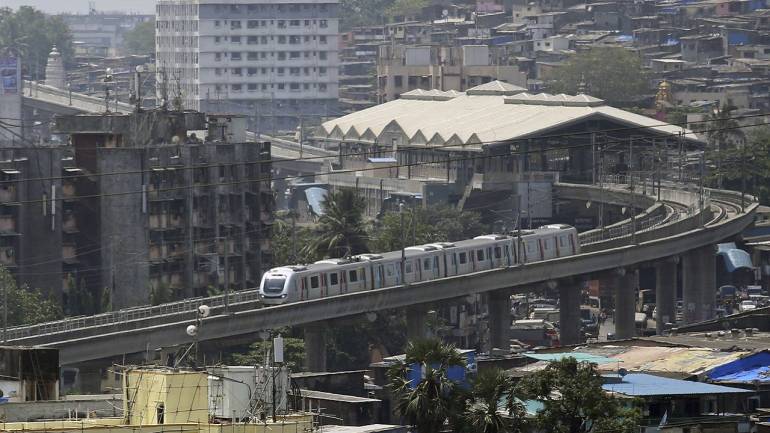
May 2014 saw the Modi government come to power with a strong mandate. In the first year, the government identified ‘Thrust to Infrastructure Development’ as an important lever to generate growth and jobs. It has made progress in the last five years—announcing programmes relating to roads, railways, airports, smart cities, affordable homes and rural electrification. Though the execution of these on the ground has been chequered, the government continues to grow the allocations to these programmes—staying committed year after year. Credit also is due to the Centre for initiating reforms in taxation and insolvency resolution, and systematic amendments in FDI limits, pushing India as a prime investment destination. The economy, however, has witnessed subdued investment and private capex levels due to low capacity utilisation and funding challenges in the banking sector. The government has benefitted from soft commodity prices, which has helped it contain inflation and manage CAD—leading to India’s emergence as a bright investment candidate.
Budget FY20 came in at an interesting juncture. There is a widely-held concern that consumption and investments are slowing down, and policy intervention is badly needed. Rural incomes are weak, thanks to falling food prices, while the year has begun with a 19-month low IIP print. Against such a backdrop, in an election year, the finance minister has sought to balance fiscal discipline and welfare necessities. The need to bridge the rural-urban divide, drive middle-class consumption while staying on track for fiscal consolidation dominated the budget exercise. Though there were no major outlay announcements, the budget broke convention by announcing sops for rural households and middle-income population. The PM Kisan Samman Nidhi that will ensure a direct cash transfer to 12 crore farmers’ bank accounts and the income tax rebates to the middle-class will give a boost to consumption. The budget has increased allocations to infrastructure and defence sectors. The 14% increase in budgeted expenditure is sought to be financed by buoyant tax proceeds and higher borrowings. On the fiscal front for FY19, a slippage of 10 bps, given the conditions in the rural agrarian economy, is on expected lines and won’t create a strain on the markets.
In FY19, the finance ministry has seen additional expenditure overheads—loan waivers, direct income transfers to farmers, bank recap, health scheme and higher MSPs. Short-term economy-stimulating options will endanger medium-term fiscal targets, thereby reducing the fiscal or monetary space available. The choices made today on short-term intervention will boost consumption, but the question is: Can consumption-led growth alone justify the country’s potential?
Although a lot is being attempted on the reforms front, theoretically, a structural shift will be needed to deliver better incomes and employment conditions to the bulk of India’s population. This will be possible only with investment enabling policies, increased transparency, lowering of bureaucratic hurdles, faster clearances, technology adoption, reskilling of youth and job creation.
Aspiring to be a $5trillion economy by 2022 is laudable. The government, however, needs to fire the twin engines of economic growth—investments and consumption—by sharply focussing on micro-steps of implementation of its plans. This would help the government realise the aspiration it has for the country.
[“source=financialexpress”]

